
North Island Saddleback
Philesturnus rufusater


Philesturnus rufusater

The North Island saddleback, or tīeke, is a striking native bird of New Zealand, about the size of a blackbird. This charismatic forest dweller, with its distinctive black and chestnut plumage, was once on the brink of extinction but has made a remarkable comeback thanks to conservation efforts.
1. Glossy black plumage with a distinctive chestnut "saddle" across the back
2. Bright red wattles hanging from the base of the bill
3. Noisy and active forager, often heard before seen with a distinctive "ti-e-ke-ke-ke" call
North Island saddlebacks are cavity nesters, breeding from spring to summer. They're extremely vulnerable to introduced predators, especially rats and stoats, which is why they're now confined to predator-free areas. These birds are remarkably active foragers, using their strong bills to pry apart bark and dig in leaf litter for insects.
Look for North Island saddlebacks in predator-free island sanctuaries and mainland ecosanctuaries with pest-proof fencing. They're active throughout the day, foraging from forest floor to canopy. Listen for their loud, chattering calls and watch for movement in dense vegetation. They're often seen in pairs or small groups, busily searching for insects. Tip: Visit places like Tiritiri Matangi Island or Zealandia Ecosanctuary for the best chances of spotting these charismatic birds.
Known as tīeke in te reo Māori, the North Island saddleback holds cultural significance as one of New Zealand's iconic native birds. Once widespread, it was reduced to a single island population by the 1900s due to introduced predators. Its successful conservation story, involving translocations to predator-free islands, is a testament to New Zealand's dedication to preserving its unique wildlife.
25 cm
70 g
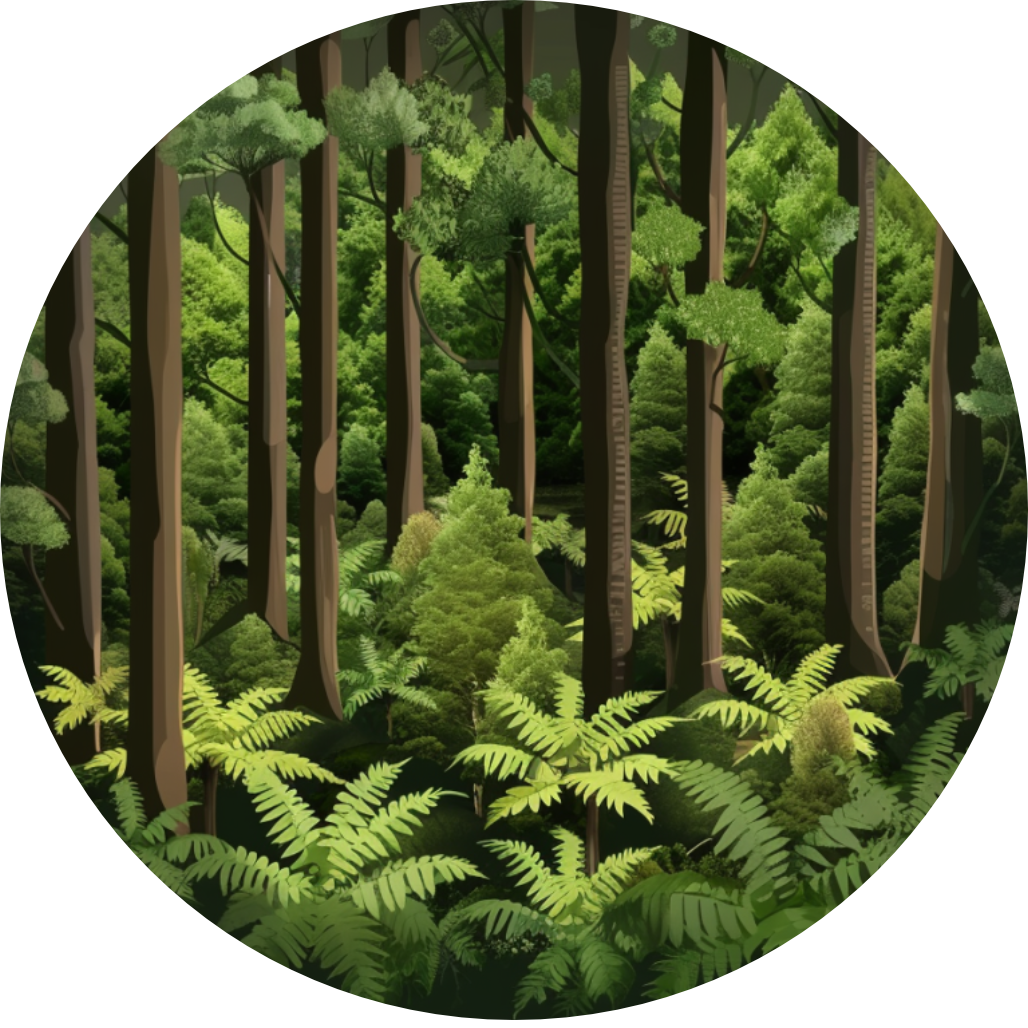
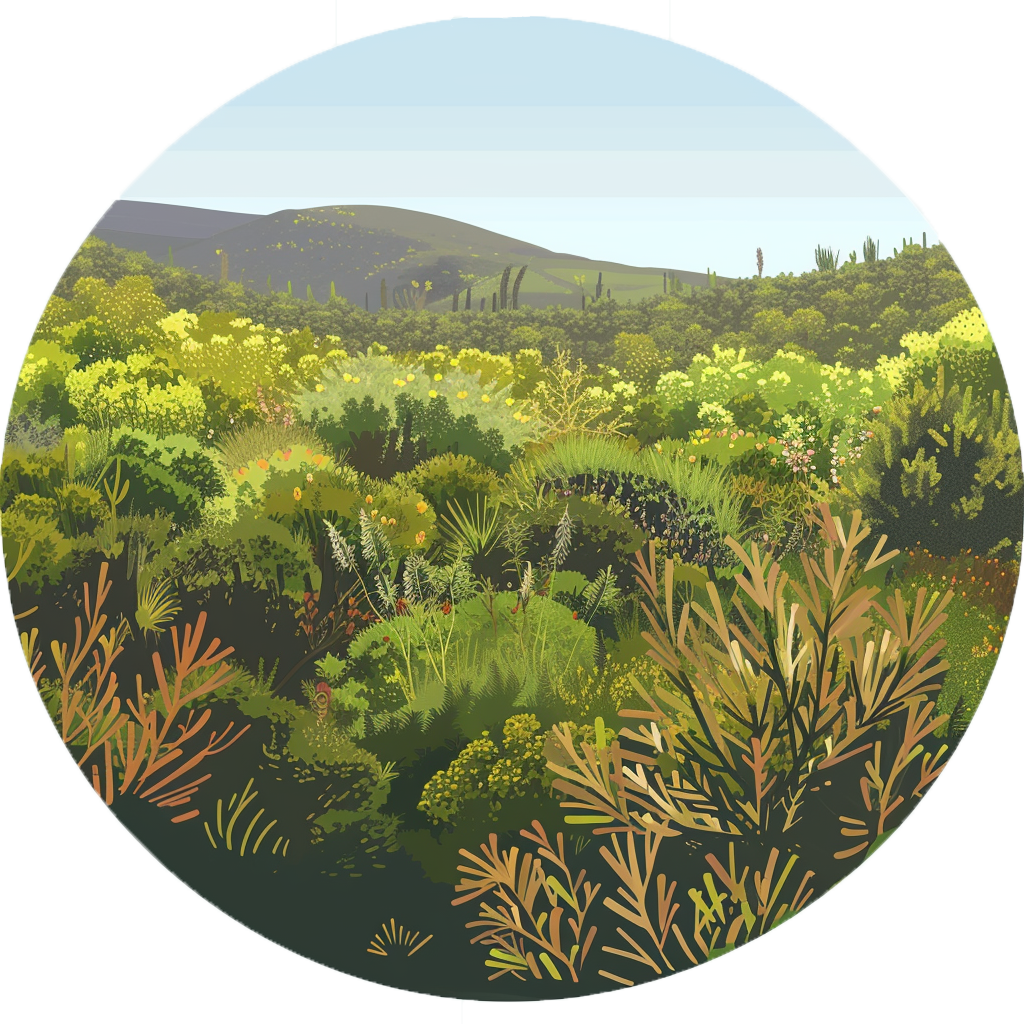
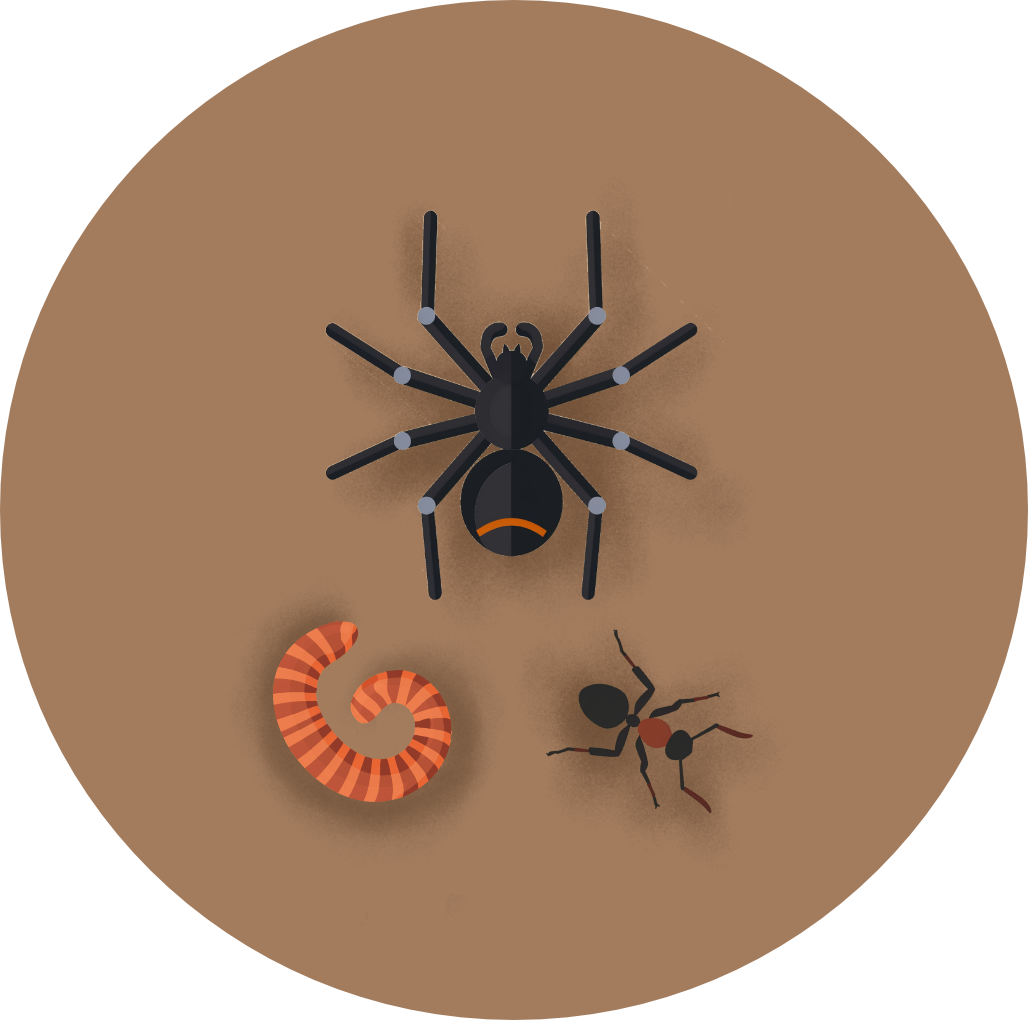
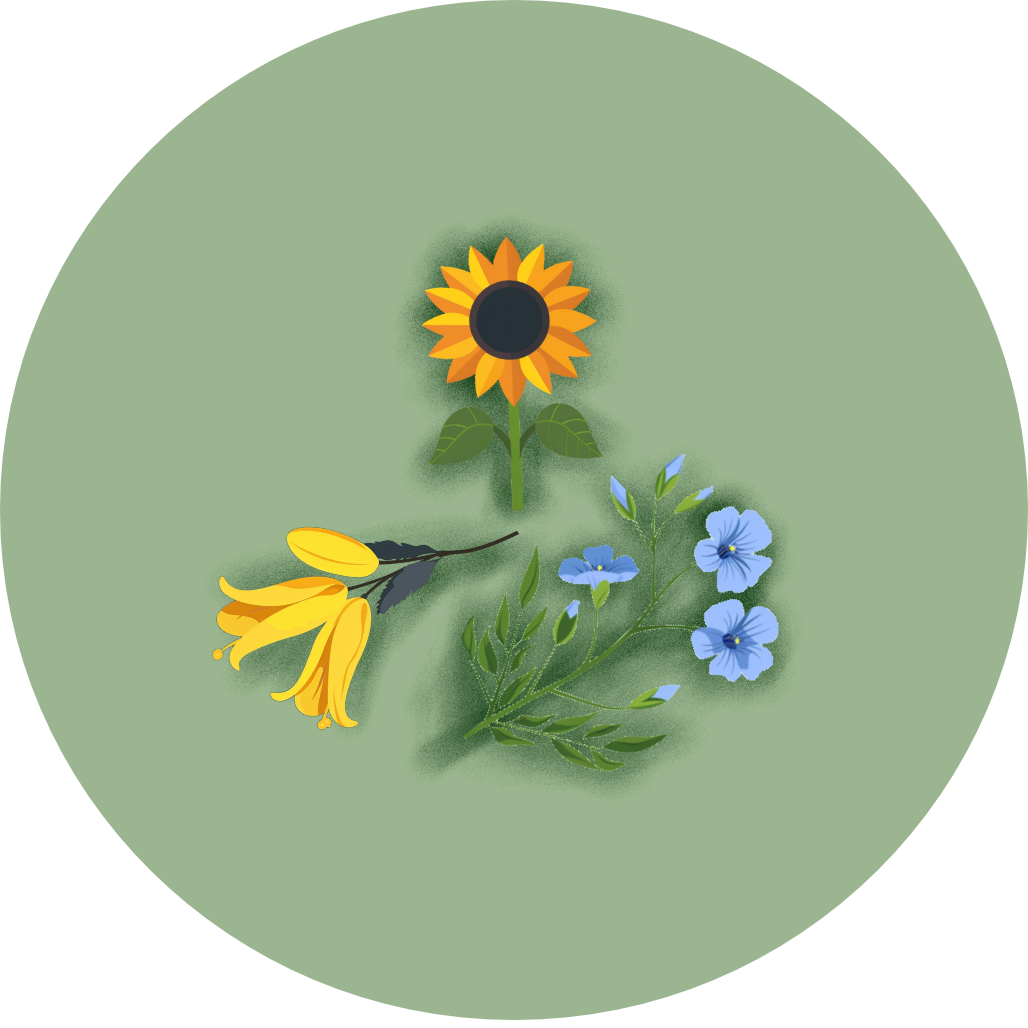
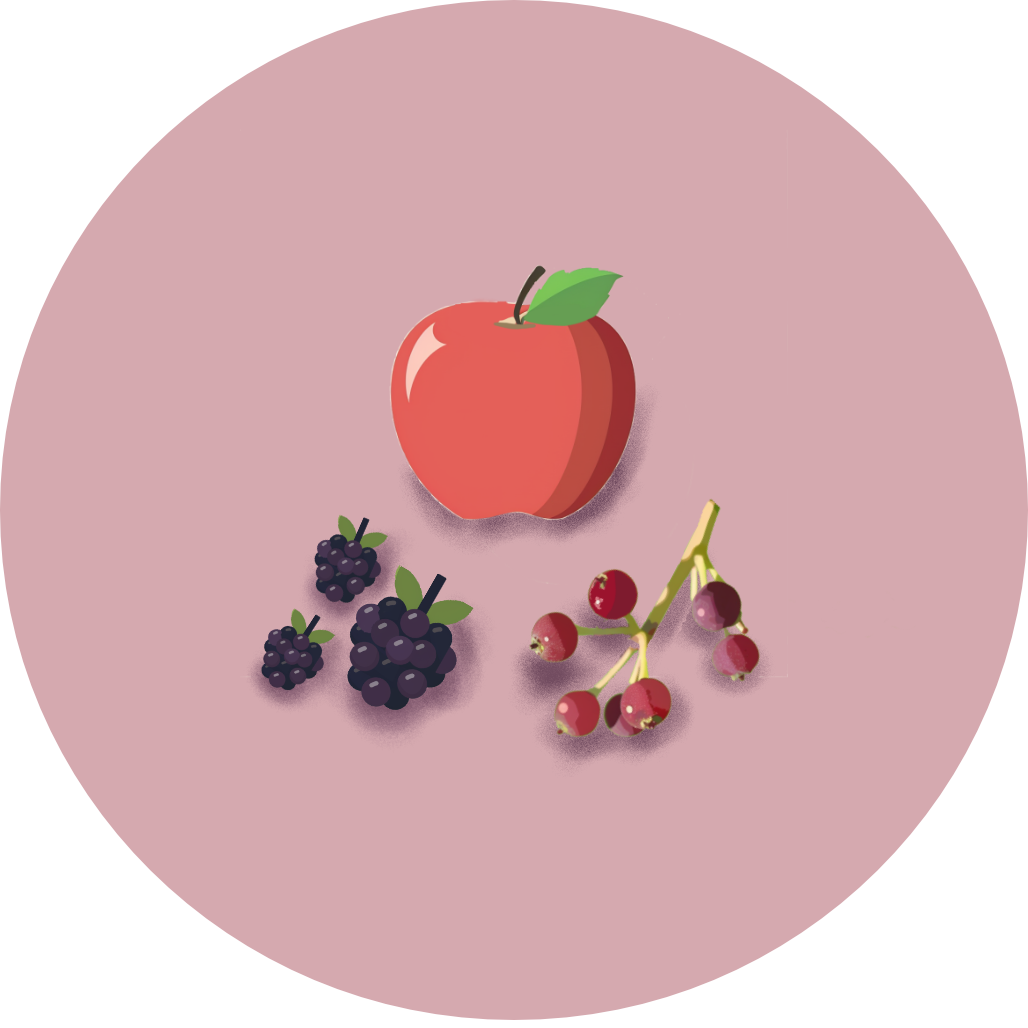
Coming Soon!
Top birding locations will be available in a future update.